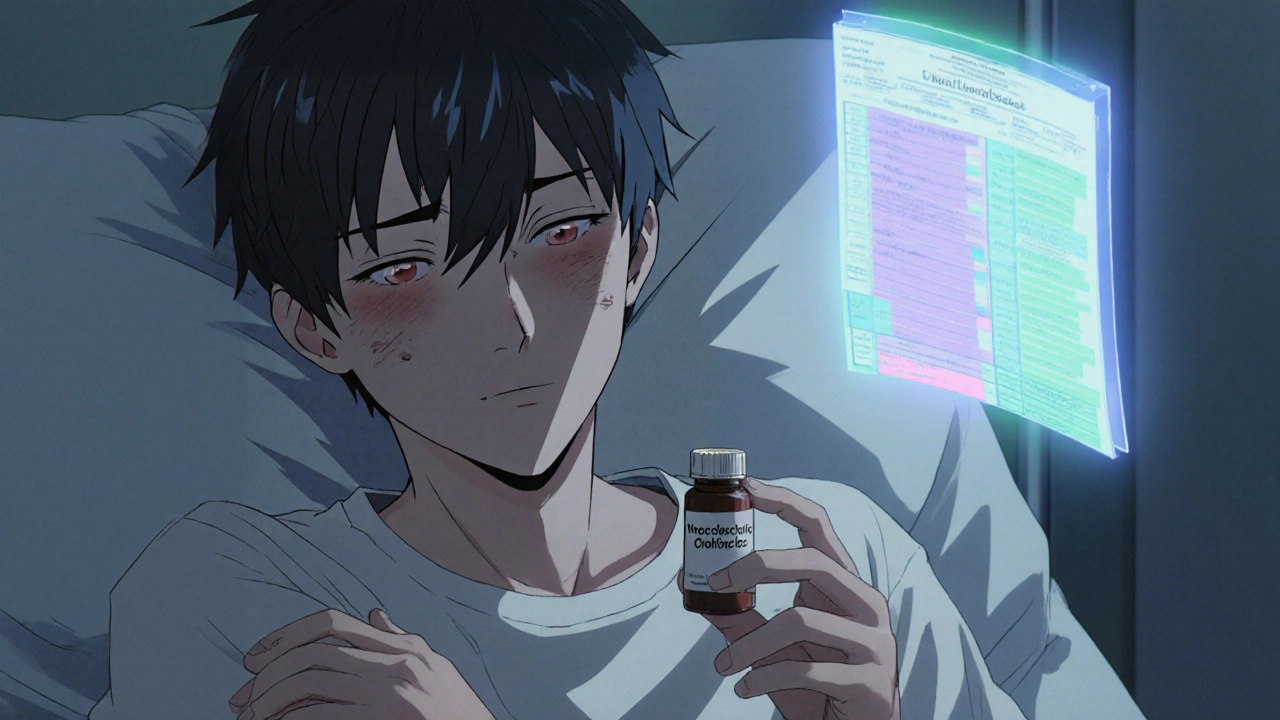Primary Biliary Cholangitis: Causes, Symptoms, and Treatment Options
When your body’s immune system turns on the tiny bile ducts in your liver, you might be dealing with primary biliary cholangitis, a chronic autoimmune liver disease that slowly destroys the bile ducts, leading to liver damage and scarring. Also known as PBC, this condition doesn’t come on suddenly—it creeps up over years, often without clear warning signs. Unlike hepatitis or alcohol-related liver damage, PBC isn’t caused by infection or lifestyle alone. It’s an autoimmune disorder, meaning your own immune cells mistakenly attack the bile ducts inside your liver. This stops bile from flowing out properly, causing toxins to build up and scar the liver tissue over time.
People with primary biliary cholangitis, a chronic autoimmune liver disease that slowly destroys the bile ducts, leading to liver damage and scarring often first notice extreme fatigue or itchy skin—symptoms that many ignore until they get worse. As the disease progresses, jaundice, dry eyes, dry mouth, and bone thinning can appear. It mostly affects women over 40, and while the exact trigger is unknown, genetics and environmental factors like smoking or exposure to certain chemicals may play a role. Ursodeoxycholic acid, a bile acid used as first-line treatment for primary biliary cholangitis to improve bile flow and slow liver damage is the most common medication prescribed. It doesn’t cure PBC, but it can delay liver failure if started early. Some patients also need obeticholic acid, a second-line medication for primary biliary cholangitis used when ursodeoxycholic acid isn’t enough to control the disease to further reduce liver damage.
There’s no magic fix, but catching PBC early changes everything. Blood tests for AMA antibodies and liver enzyme levels are often the first clues. Imaging and sometimes a liver biopsy confirm it. The good news? Many people live for decades with PBC if they stick to treatment, avoid alcohol, and get regular checkups. Lifestyle changes like eating less saturated fat, staying active, and taking vitamin D and calcium help protect bones and overall health. What you won’t find in most guides are the real-world struggles: how fatigue hits harder than pain, how itching ruins sleep, or how hard it is to explain this invisible disease to coworkers. The posts below pull from real patient experiences and medical data to give you practical, no-fluff answers—on what meds work, what symptoms to watch for, how PBC connects to other autoimmune conditions, and what to ask your doctor next time you walk in.
Discover how ursodeoxycholic acid works, which liver diseases benefit, dosing tips, side effects, and lifestyle advice to improve outcomes.

